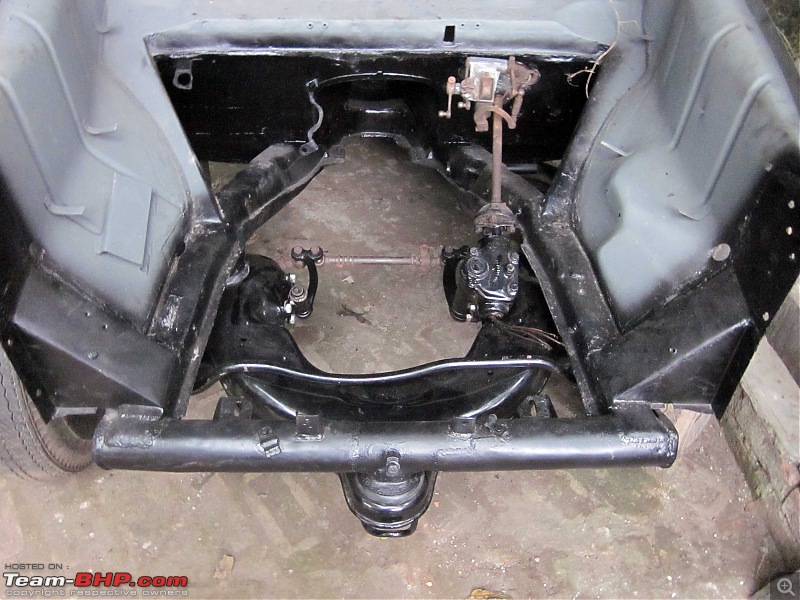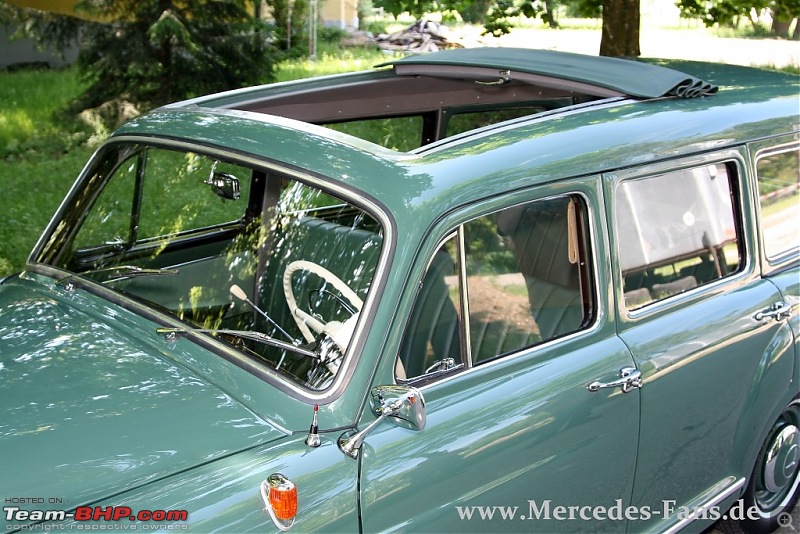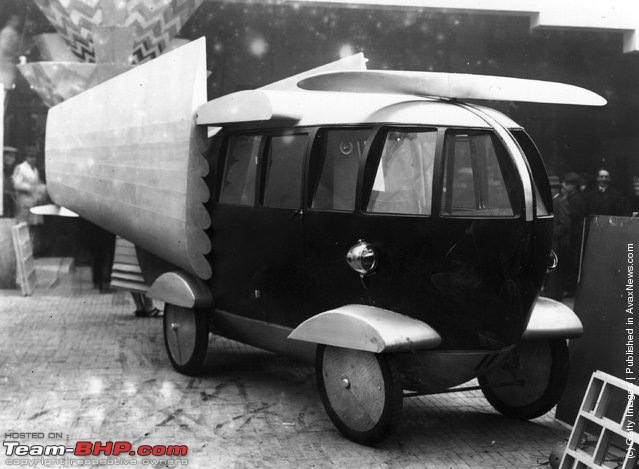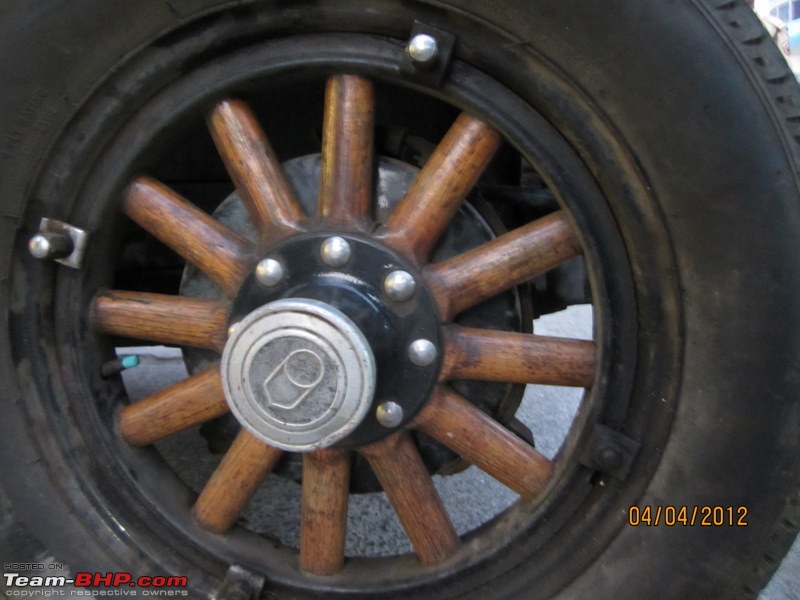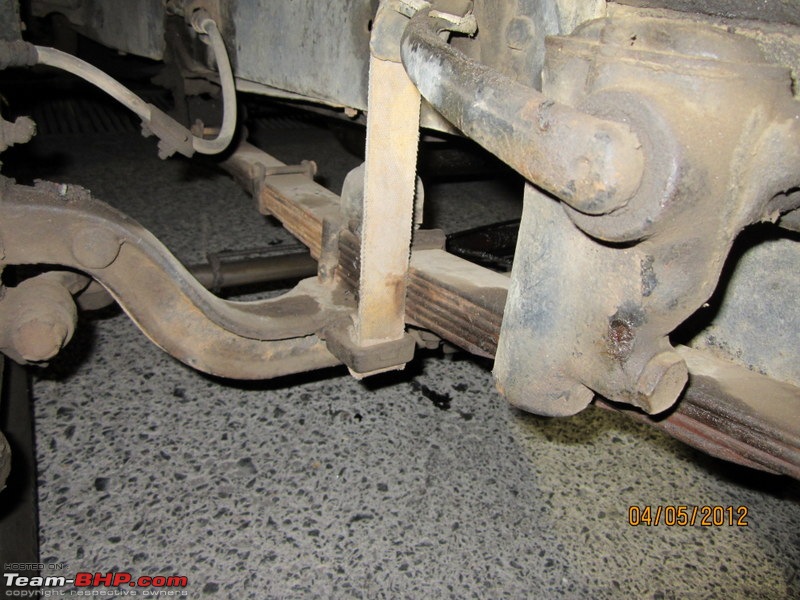| | #16 |
| Senior - BHPian Join Date: Jan 2009 Location: Abu Dhabi (for now)
Posts: 2,957
Thanked: 414 Times
| |
| |
| |
| | #17 |
| Distinguished - BHPian  | |
| |  (2)
Thanks (2)
Thanks
|
| | #18 |
| Distinguished - BHPian  | |
| |  (2)
Thanks (2)
Thanks
|
| | #19 |
| BHPian Join Date: Nov 2010 Location: bangalore
Posts: 203
Thanked: 447 Times
| |
| |
| | #20 |
| Senior - BHPian | |
| |  (5)
Thanks (5)
Thanks
|
| | #21 |
| BHPian | |
| |
| | #22 |
| BHPian Join Date: Jan 2010 Location: Kolkata
Posts: 893
Thanked: 1,023 Times
| |
| |
| | #23 |
| Distinguished - BHPian  | |
| |
| | #24 |
| BHPian Join Date: May 2011 Location: Kolkata
Posts: 68
Thanked: 17 Times
| |
| |
| | #25 |
| Senior - BHPian | |
| |
| | #26 |
| Distinguished - BHPian  | |
| |  (1)
Thanks (1)
Thanks
|
| |
| | #27 |
| Distinguished - BHPian  | |
| |  (3)
Thanks (3)
Thanks
|
| | #28 |
| BHPian Join Date: Jan 2010 Location: Kolkata
Posts: 893
Thanked: 1,023 Times
| |
| |  (2)
Thanks (2)
Thanks
|
| | #29 |
| BHPian Join Date: Feb 2006 Location: bangalore
Posts: 913
Thanked: 1,282 Times
| |
| |
| | #30 |
| Distinguished - BHPian  | |
| |  (2)
Thanks (2)
Thanks
|
 |
Most Viewed




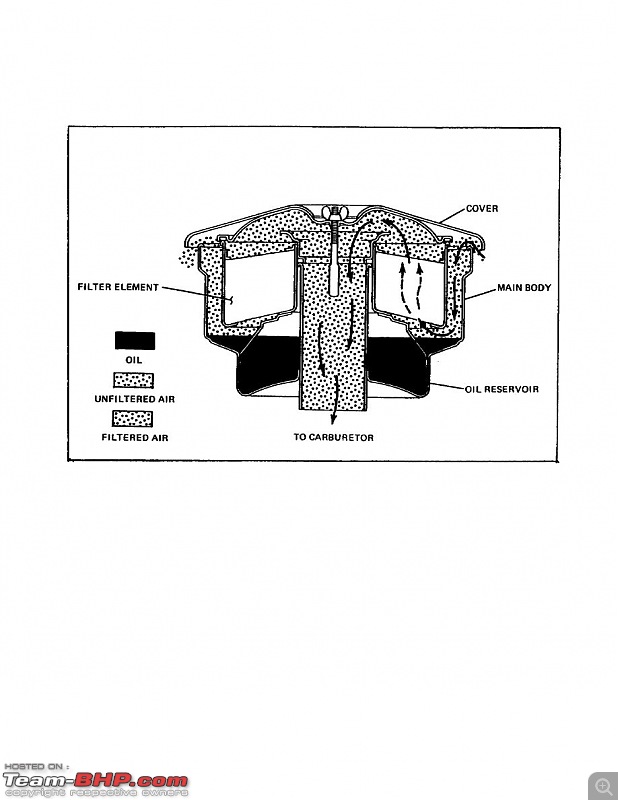





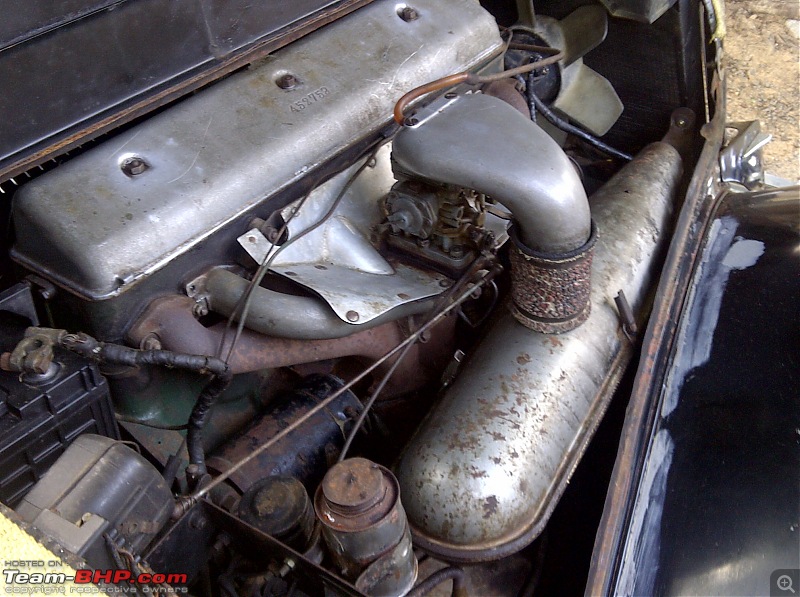






 . Here is the link
. Here is the link





